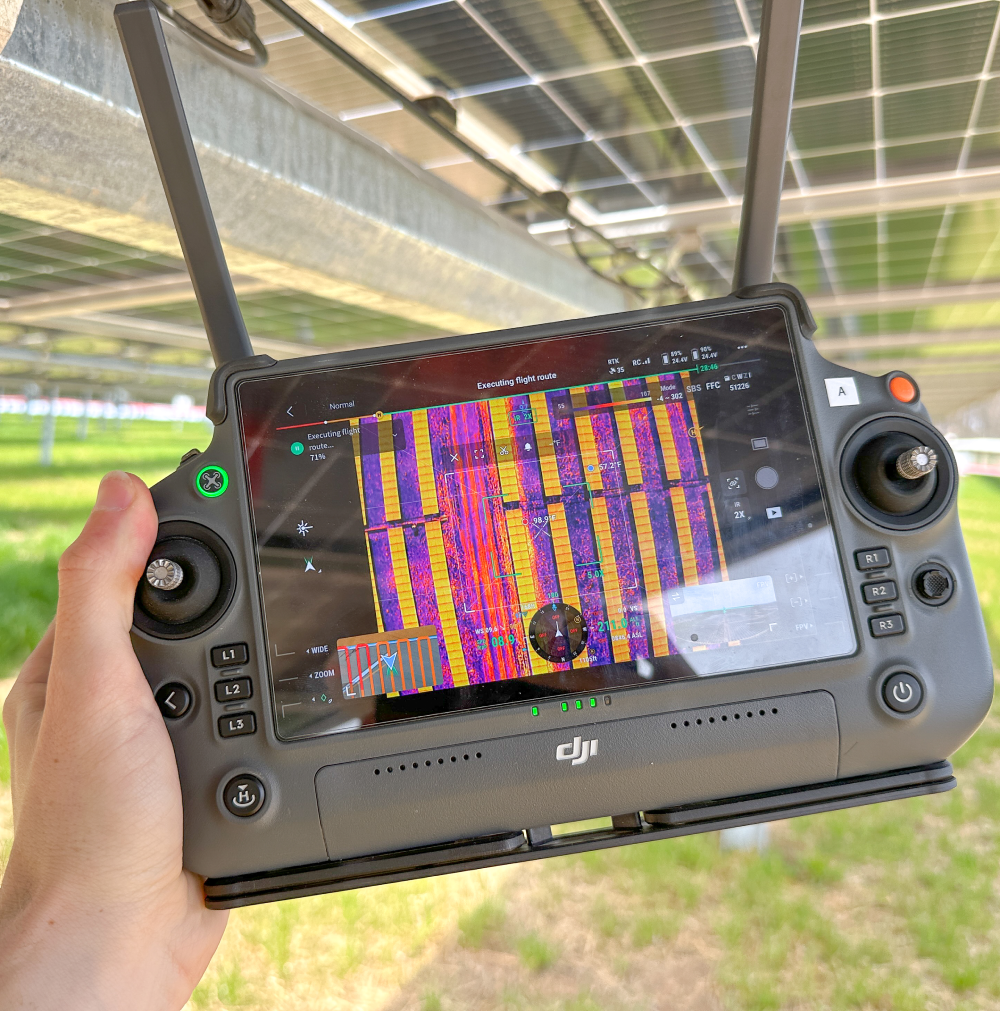In today’s rapidly evolving technological landscape, infrared drone inspections are emerging as a game-changer in various industries. Combining the agility and versatility of drones with the precision of infrared imaging, these inspections offer unprecedented insights into the health and functionality of assets. From infrastructure maintenance to agricultural assessments, infrared drones are transforming traditional inspection methods, making them faster, safer, and more cost-effective.

Infrared drone inspections utilize drones equipped with infrared cameras to capture thermal images of objects and environments. These images reveal temperature variations that are invisible to the naked eye, providing critical data about the condition of assets. This technology is invaluable for detecting issues such as heat loss, electrical faults, water leaks, and structural weaknesses.
Infrared drones can access hard-to-reach or hazardous areas without putting human inspectors at risk. This is particularly beneficial in industries like power line maintenance, oil and gas, and firefighting.
Traditional inspection methods often require extensive manual labor, scaffolding, or helicopter rentals. Infrared drone inspections significantly reduce these costs by completing inspections faster and with fewer resources.
Infrared imaging provides detailed thermal data that helps identify potential problems before they become critical. This proactive approach to maintenance can prevent costly downtime and extend the lifespan of assets.
Infrared drones can be used in a wide range of applications, from inspecting solar panels and wind turbines to monitoring wildlife and assessing crop health in agriculture.
Infrared drones can detect heat loss in buildings, identify insulation issues, and locate moisture intrusion. This is essential for energy efficiency assessments and preventative maintenance.
Power lines, substations, and transformers can be inspected for hotspots, which are indicative of potential failures. This helps in preventing power outages and ensuring the reliability of electrical systems.
Infrared imaging helps farmers monitor crop health, identify irrigation issues, and detect pest infestations. This information enables precision agriculture, improving yield and reducing resource wastage.
Pipelines, storage tanks, and refineries can be monitored for leaks and structural integrity. Infrared drones enhance safety and compliance in this high-risk industry.
Infrared drones assist in locating hotspots during wildfires, finding victims in search and rescue operations, and assessing fire-damaged structures. This technology enhances the efficiency and safety of emergency response teams.
As technology continues to advance, the capabilities of infrared drones will only improve. With developments in artificial intelligence and machine learning, future drones will be able to analyze thermal data in real-time, providing instant insights and recommendations. This will further enhance the efficiency and effectiveness of inspections across all industries.
Infrared drone inspections are revolutionizing the way we approach maintenance and safety. By providing detailed thermal data, enhancing safety, reducing costs, and offering versatile applications, these inspections are becoming an indispensable tool in various sectors. As more organizations adopt this cutting-edge technology, the future looks bright for infrared drone inspections, paving the way for smarter, safer, and more efficient operations.

Website powered by Dotkom Consulting